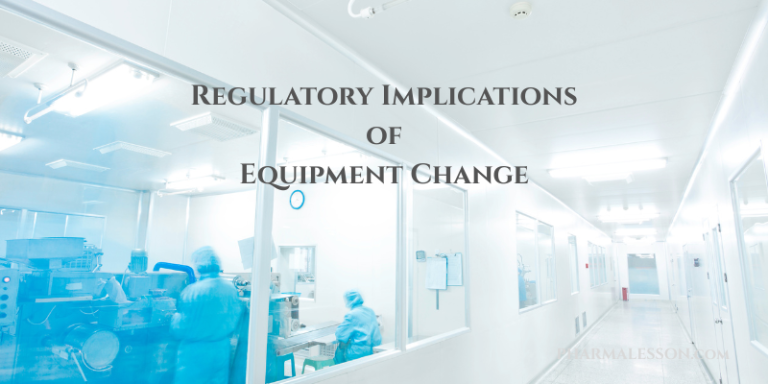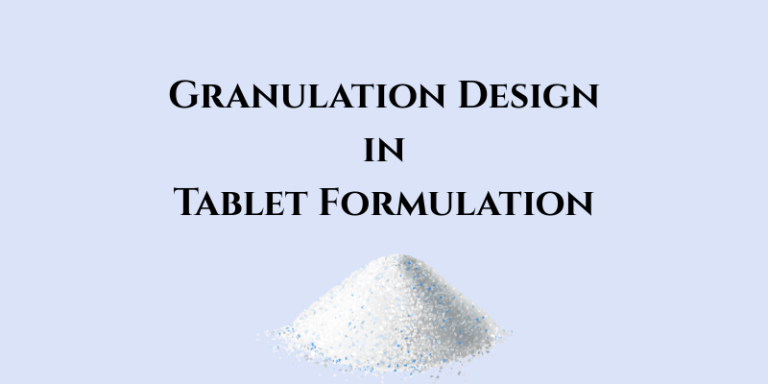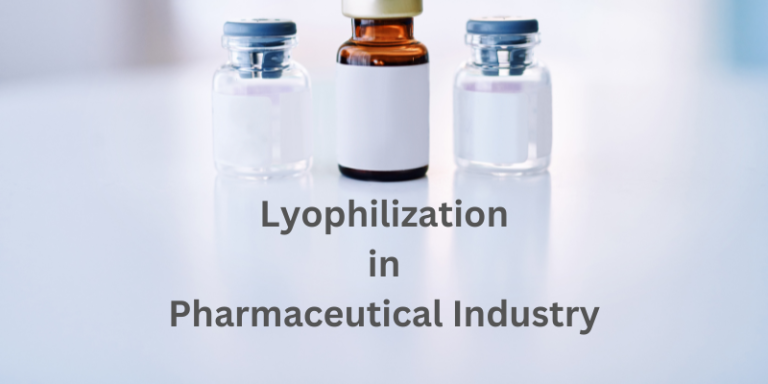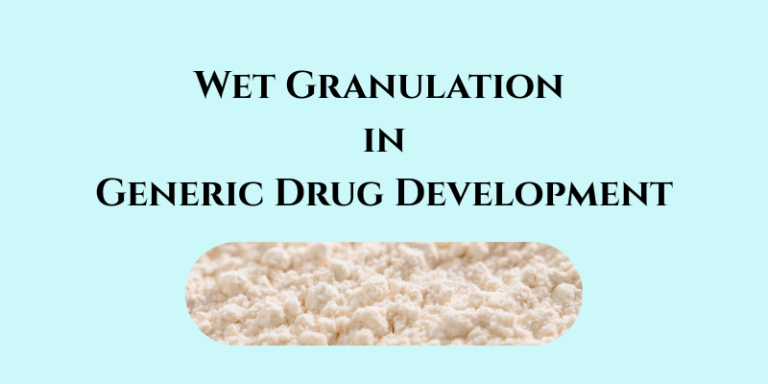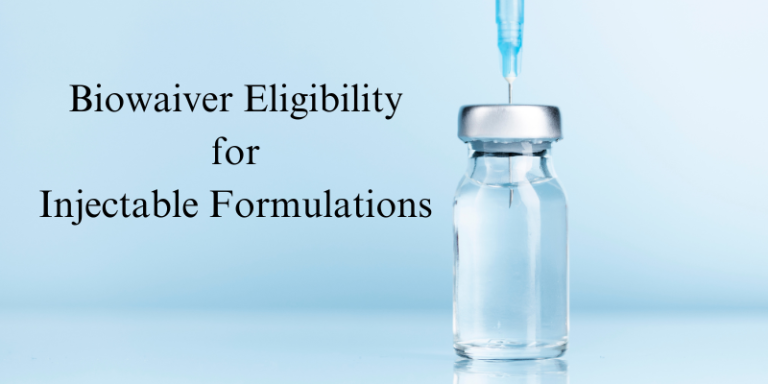Science Behind Excipient Selection in Wet Granulation
In the development of generic oral solid dosage forms, wet granulation remains the method of choice—particularly for formulations involving low-dose actives or APIs with poor flow properties. However, the effectiveness of this method largely depends on how excipients are selected and utilized during the formulation process.
Drawing insights from the Handbook of Pharmaceutical Generic Development, we can categorize excipient functionality into five essential roles that are critical to building a robust formulation. Below is a simplified breakdown with examples to illustrate practical implementation:
Diluent or Bulking Agent
This excipient helps in achieving the desired tablet weight and ensures uniform drug distribution. Commonly used diluents include lactose monohydrate, mannitol.
Granulating Solution or Binder
Binders promote cohesion among powder particles during the granulation process, enabling the formation of granules with sufficient mechanical strength. Widely used binders include Povidone K30/K90 and hydroxypropyl cellulose (HPC).
Intragranular Disintegrant
These disintegrants are added within the granules to facilitate breakdown after administration, enabling rapid drug release. Examples include microcrystalline cellulose (MCC) and sodium starch glycolate (SSG).
Extragranular Disintegrant or Glidant
These are added post-granulation to enhance disintegration or improve powder flow during compression. Common examples are croscarmellose sodium and colloidal silicon dioxide.
Lubricant (Single or Dual)
Lubricants minimize friction during tablet compression, prevent sticking, and improve powder flow. Frequently used lubricants include magnesium stearate and stearic acid.
Formulation Insights:
For cost-effective formulations, regular lactose (63 mesh) and dried starches are often employed as bulking agents in concentrations ranging from 2% to 20%.
When using high-shear granulators, 200 mesh lactose is typically preferred for its superior granule size uniformity and better compressibility.
Example Application:
In the case of a 500 mg tablet containing a BCS Class II drug like Itraconazole:
- 200 mesh lactose can be used as the diluent to ensure optimal compressibility.
- The binder could be PVP K30 in isopropyl alcohol, especially for alcohol-based granulation processes.
- Disintegration can be enhanced by using sodium starch glycolate within the granules and croscarmellose sodium outside the granules.
- Magnesium stearate may be incorporated just prior to compression to prevent sticking and aid flow.
Conclusion:
Understanding the distinct roles and appropriate use of excipients in wet granulation enables pharmaceutical scientists to design formulations that are not only therapeutically effective but also compliant with manufacturing and regulatory standards.
Read also:
- Granulation Process in Pharmaceutical Tablet Manufacturing
- Granulation End Point Determination
- Direct Compression Process in Pharmaceutical Manufacturing
Resource Person: Moinuddin syed. Ph.D, PMP®


